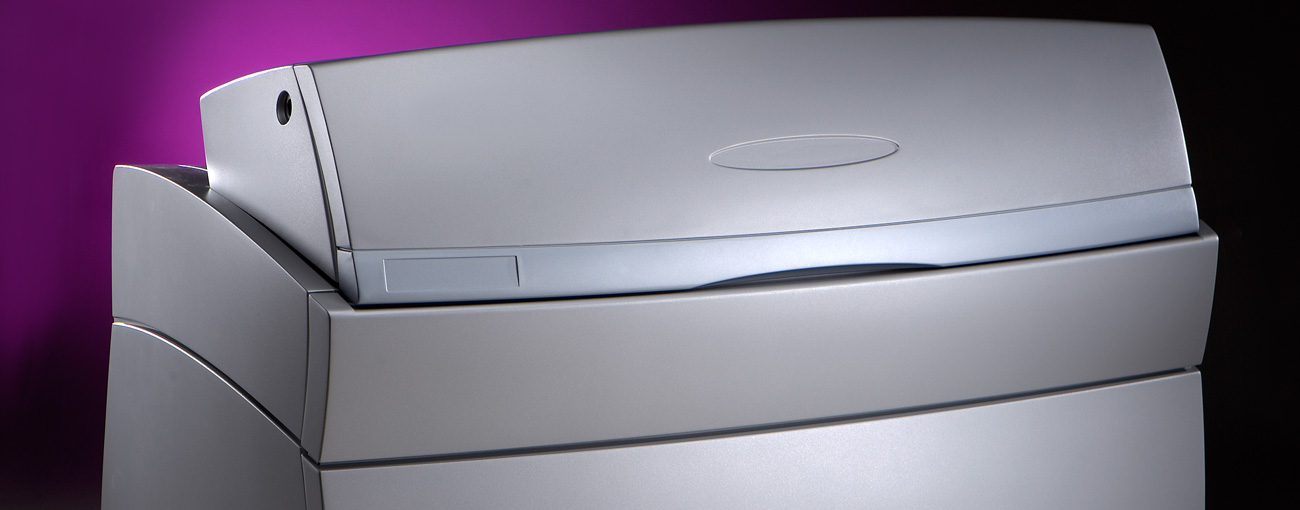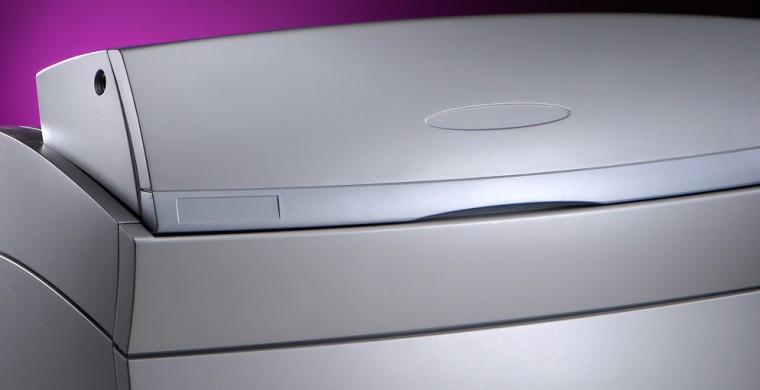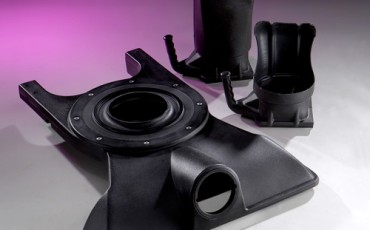
Plastic thermoforming differs from injection molding in terms of tooling, materials, production, part quality, and finishing. In Part 1 of this series, we’ll cover the basics and compare the two technologies in terms of molds or tools.
Thermoforming and injection molding are manufacturing processes for creating plastic parts. Each process has its advantages, but thermoforming supports larger part sizes. Plus, product designers can consolidate multiple, smaller parts into a single, larger part. Plastic thermoforming also produces unpainted parts that are visually appealing, and is especially cost-effective with small-to-medium production runs.
By contrast, injection molding supports smaller part sizes in larger production runs. Designers often find that part consolidation is more challenging, but plastic injection molding can achieve variable thicknesses in a single part. Production lead times are longer, however, and injection molded parts that are uncoated generally cannot match the surface quality of unfinished thermoformed parts.
Plastic Thermoforming Tools vs. Injection Molding Tools
Thermoforming tools are significantly less expensive than the tools used in injection molding. To prototype thermoformed parts, tools made of wood, epoxy, or other low-cost materials are used. Production tooling for plastic thermoforming is made of cast or machined aluminum, a lightweight and relatively inexpensive metal with good thermal conductivity for effective heat transfer.
Injection molding uses a double-sided mold that can be made of aluminum; however, molds made of more expensive metals such as beryllium-copper or steel may be used instead. Product designers need to consider various part design restrictions, too. In addition to flashing, warping, and bubbling, possible part defects include sink marks and ejector marks.
Ask Gregstrom About Plastic Thermoforming
In Part 2 of this series, we’ll compare thermoforming and injection molding in terms of the plastic materials that are used. Subsequent blog entries will compare the two technologies in terms of production, part quality, and finishing. Until then, please contact us if you’d like more information about plastic thermoforming.



